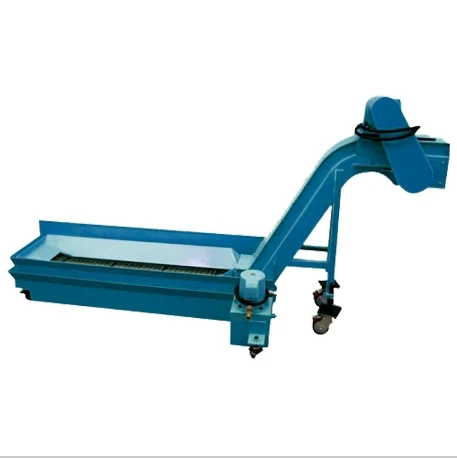Understanding Electrical Cable Management Systems for Efficient Wiring Solutions
Understanding Electrical Cable Tracks Importance and Applications
In the modern world, the reliance on electricity is ubiquitous, and as such, the management of electrical cabling has become increasingly crucial. One of the solutions designed to facilitate this management is the electrical cable track. But what exactly are cable tracks, and how do they contribute to effective electrical installation and maintenance? This article delves into the significance, types, and applications of electrical cable tracks.
What are Electrical Cable Tracks?
Electrical cable tracks are protective systems designed to organize, route, and support electrical cables and wires within various environments. These tracks ensure that cables are not only securely held in place but also easily accessible for future maintenance or upgrades. The tracks prevent damage to cables due to environmental factors, physical wear, or accidental disconnection, ensuring a reliable power supply.
Importance of Cable Tracks
1. Safety One of the primary reasons for using electrical cable tracks is safety. Properly managed cables reduce the risk of tripping hazards and electrical damage. They help to prevent exposed wires, which can lead to short circuits or electrical shocks. Excellent cable management also minimizes the risks associated with fires caused by overheated cables.
2. Efficiency Efficient installation and organization of electrical systems can significantly increase productivity in both construction and maintenance settings. Cable tracks streamline the routing of wires, making installations quicker and reducing redundancy in cabling. This efficiency translates into cost savings and quicker project completion times.
3. Maintenance Another benefit of cable tracks is that they facilitate easier maintenance and troubleshooting. When cables are organized, technicians can quickly identify and rectify issues, whether it’s a faulty wire or a need for an upgrade. This accessibility means that downtime is minimized, which is crucial in both commercial and industrial settings.
4. Aesthetics Beyond functionality, cable tracks contribute to the aesthetics of a space. In homes and offices, hidden cable tracks can reduce clutter and create a clean, organized appearance. This visual appeal is particularly significant in luxury environments, where the sight of exposed wires can detract from the overall design.
Types of Electrical Cable Tracks
Several types of electrical cable tracks are available, each suitable for specific applications
.electrical cable track

1. Cable Trays These are widely used in industrial settings where large numbers of cables run together. They are typically made of metal or plastic and can be mounted on walls or ceilings.
2. Cable Conduits These rigid or flexible tubes protect wires from environmental factors and mechanical damage. They are often used in areas exposed to moisture, chemicals, or other potentially damaging conditions.
3. Cable Raceways Similar to conduits, raceways cover and protect electrical wiring. However, they are generally designed for interior use and are ideal for office environments where aesthetics are a concern.
4. Cable Ladders These are often utilized in high-capacity cable installations, as they can support significant weights and allow for efficient airflow around cables.
5. Underfloor and Overhead Tracks In modern buildings, underfloor wire management systems and overhead cable tracks provide flexible options for routing power and data lines without disrupting work areas.
Applications of Electrical Cable Tracks
Electrical cable tracks have widespread applications across various sectors
- Industrial Facilities They are integral in manufacturing and industrial plants where extensive wiring is essential for operation. - Commercial Buildings Offices and retail spaces rely on cable tracks to manage data, communication lines, and electrical systems. - Residential Homes In modern homes, cable tracks help to organize technology installations, from home theaters to smart home integrations. - Telecommunication In data centers, cable tracks support the extensive cabling required for servers and networking equipment.
Conclusion
In conclusion, electrical cable tracks play a vital role in ensuring safety, efficiency, and aesthetics in the management of electrical systems. As technology continues to evolve, the demand for organized and reliable cable management solutions will only increase. Whether in industrial, commercial, or residential applications, understanding and implementing the right type of cable track can significantly enhance the reliability and functionality of electrical installations.








